How are you most likely to annoy your competitors? By impressively showing who has the longest and greatest. And if you then stay a little more subdued in terms of price and can score with features, then a product sells almost by itself. Too much praise in advance? Honor to whom honor is due, but you are right. That will be included in the summary later. Now, as always, the focus is on testing the product.
In order to make the whole thing a little clearer and also to get a little more to the point, I have largely retained the structure of the articles, but now I rely more on tables with a clear presentation of the result values and specifications, which later also ensure a better comparison of the maps among each other.
Specifications and picture gallery
The design is based on older versions and is new. These include the LED applications on the card and the top with the illuminated lettering and the backlit logo in the backplate. The rest is made of heat sink and plastic, as well as a 3-fan design.
Matching the promised overview of the most important features
| Length (outer edge slot panel until end of card) | 30.0 cm |
| Installation height (upper edge PCIe slot up to top of the card) | 12.5 cm |
| Installation depth in front (cooler structure to bottom of the board) | 4.57cm |
| Mounting depth at the rear (board to outside of the backplate) | 0.5 cm |
| Weight | 1248 g |
| Cooler cover | Anthracite ABS injection moulding LED (logo, strips of light) |
| Outputs | 3x DisplayPort 1.4 1x HDMI 2.0 |
| Specifics | Dual BIOS with Silet mode |
GPU-Z gives us a first overview of the other technical data:
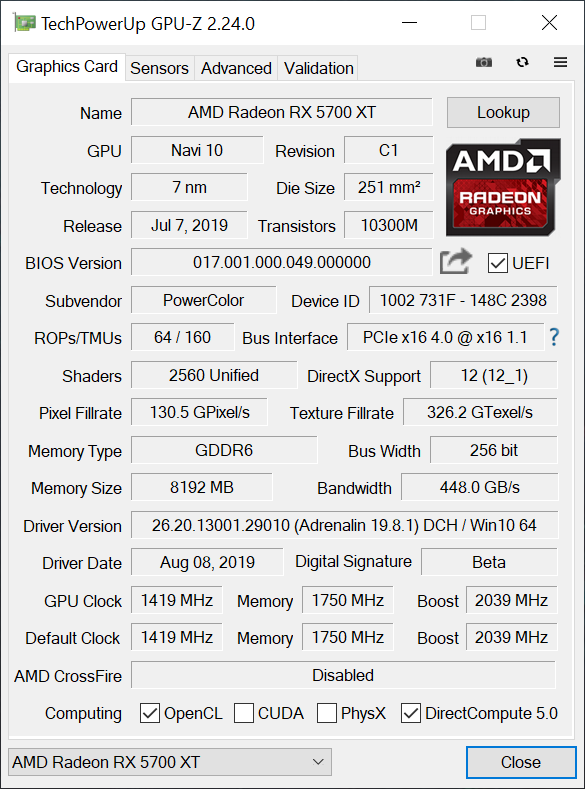
The table gives a nice overview of the remaining technical data of the current and older comparison models:
| Map | AMD Radeon RX 5700 XT |
Powercolor RX 5700 XT Red DEvil |
AMD Radeon Vega 64 |
AMD Radeon RX 5700 |
AMD Radeon Vega 56 |
| Architecture (GPU) | Navi 10 | Navi 10 | Vega 10 | Navi 10 | Vega 10 |
| CUDA Cores / SP | 2560 | 2560 | 4096 | 2304 | 3584 |
| (40 CU) | (40 CU) | (64 CU) | (36 CU) | (56 CU) | |
| Texture Units | 160 | 160 | 256 | 144 | 224 |
| Texture Fill Rate (Gtexels/s) | 304.8 | 326.2 | 395,8 | 248,4 | 330 |
| Base clock (MHz) | 1605 | 1419 | 1274 | 1465 | 1156 |
| Boost clock (MHz) | 1755 (typical) 1905 (max.) |
2039 (max.) | 1546 | 1625 (typical) 1725 (max.) |
1471 |
| Memory | 8 GB GDDR6 14 Gbps |
8 GB GDDR6 14 Gbps |
8 GB HBM | 8 GB GDDR6 14 Gbps |
8 GB HBM |
| Bus width (bit) | 256 | 256 | 2048 | 256 | 2048 |
| Memory bandwidth (GB/s) | 448 | 448 | 483,8 | 448 | 410 |
| Rop | 64 | 64 | 64 | 64 | 64 |
| L2 cache | 4 MB | 4 MB | 4 MB | 4 MB | 4 MB |
| TGP/TBP | 225 W | 250 W | 295 W | 185 W | 210 W |
| Billion. Transistors | 10,3 | 10,3 | 12,5 | 10,3 | 12,5 |
| The area (mm2) | 251 | 251 | 495 | 251 | 486 |
| Node | 7 nm | 7 nm | 14 nm | 7 nm | 14 nm |
| MultiGPU | DX12/Volcano | DX12/Volcano | Cf | DX12/Volcano | Cf |
Test system and measurement methods
The test system and the methodology are well known, but since I now test independently here in Germany, the test system has also been upgraded once again without having to take into account the former US colleagues.
If you are interested, the summary in table form quickly provides a brief overview:
| Test systems and measuring rooms | |
|---|---|
| Hardware: |
Intel Core i9-9900 KF MSI MEG Z390 ACE 2x 8GB KFA2 HoF DDR4 4000 1x 1 TByte Patriot Viper (NVMe System SSD) 1x Seagate FastSSD Portable USB-C Seasonic Prime 1200 Watt Titanium Power Supply |
| Cooling: |
Alphacool Ice Block XPX 5x Be Quiet! Silent Wings 3 PWM (Closed Case Simulation) Thermal Grizzly Kryonaut (for cooler change) |
| Housing: |
Lian Li PC-T70 with expansion kit and modifications Modes: Open Benchtable, Closed Case |
| Monitor: | Eizo EV3237-BK |
| Power consumption: |
non-contact DC measurement on the PCIe slot (Riser-Card) non-contact DC measurement on the external PCIe power supply Direct voltage measurement on the respective feeders and on the power supply 2x Rohde & Schwarz HMO 3054, 500 MHz multi-channel oscillograph with memory function 4x Rohde & Schwarz HZO50, current togor adapter (1 mA to 30 A, 100 KHz, DC) 4x Rohde & Schwarz HZ355, touch divider (10:1, 500 MHz) 1x Rohde & Schwarz HMC 8012, digital multimeter with storage function |
| Thermography: |
1x Optris PI640, 2x Xi400 Infrared Cameras Pix Connect evaluation software with profiles |
| Acoustics: |
NTI Audio M2211 (with calibration file) Steinberg UR12 (with phantom power for the microphones) Creative X7, Smaart v.7 own low-reflection measuring room, 3.5 x 1.8 x 2.2 m (LxTxH) Axial measurements, perpendicular to the center of the sound source(s), measuring distance 50 cm Noise in dBA (Slow) as RTA measurement Frequency spectrum as a graph |
| Operating system | Windows 10 Pro (1903, all updates), driver current |














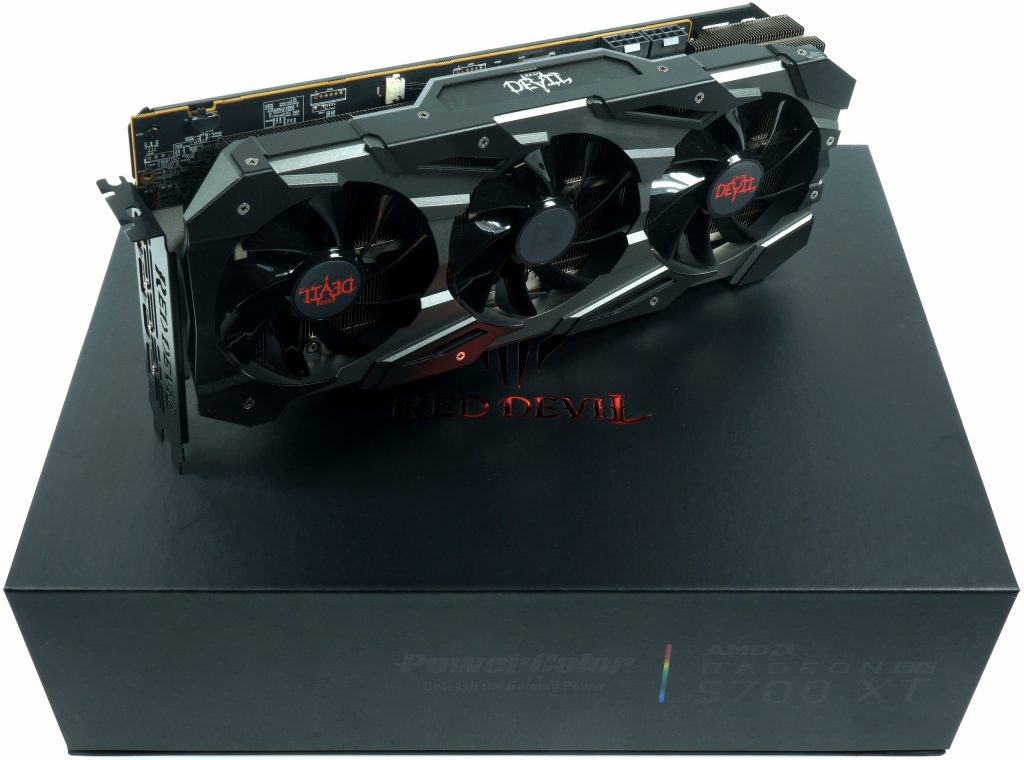
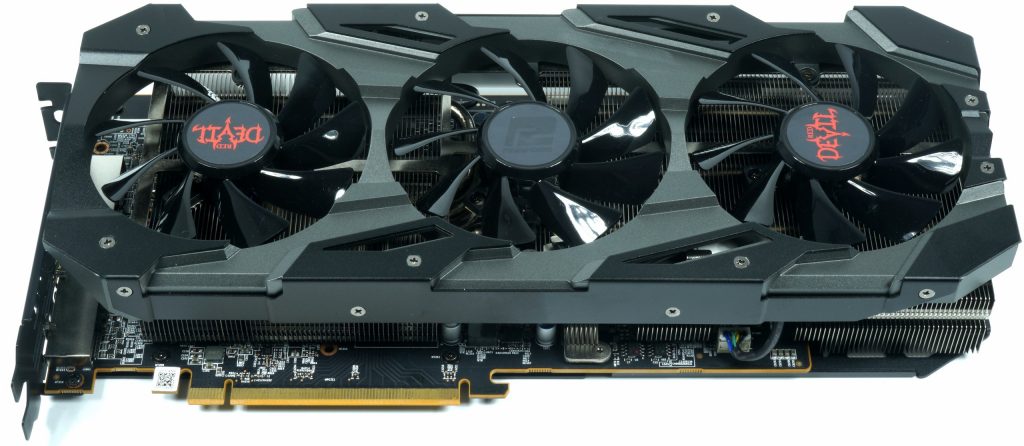
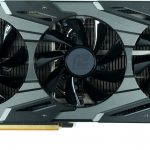
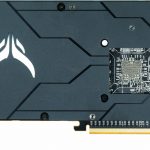
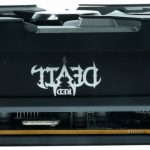
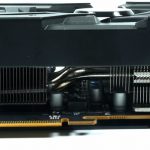
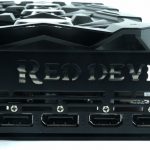
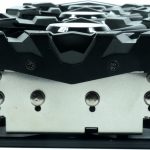
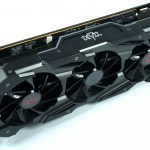
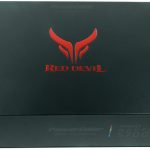
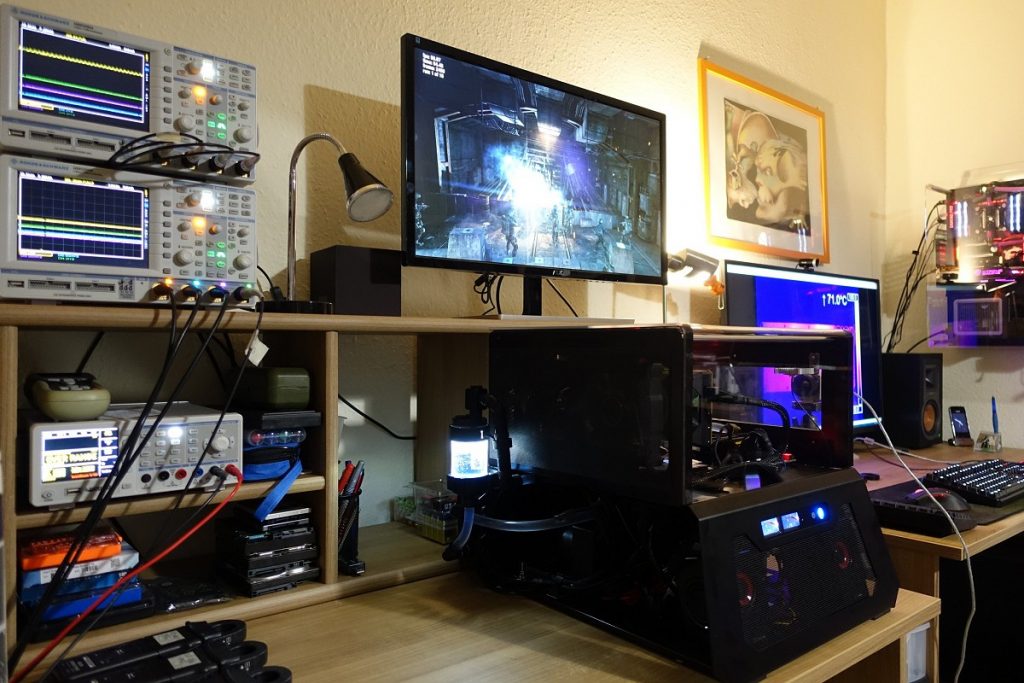


















Kommentieren